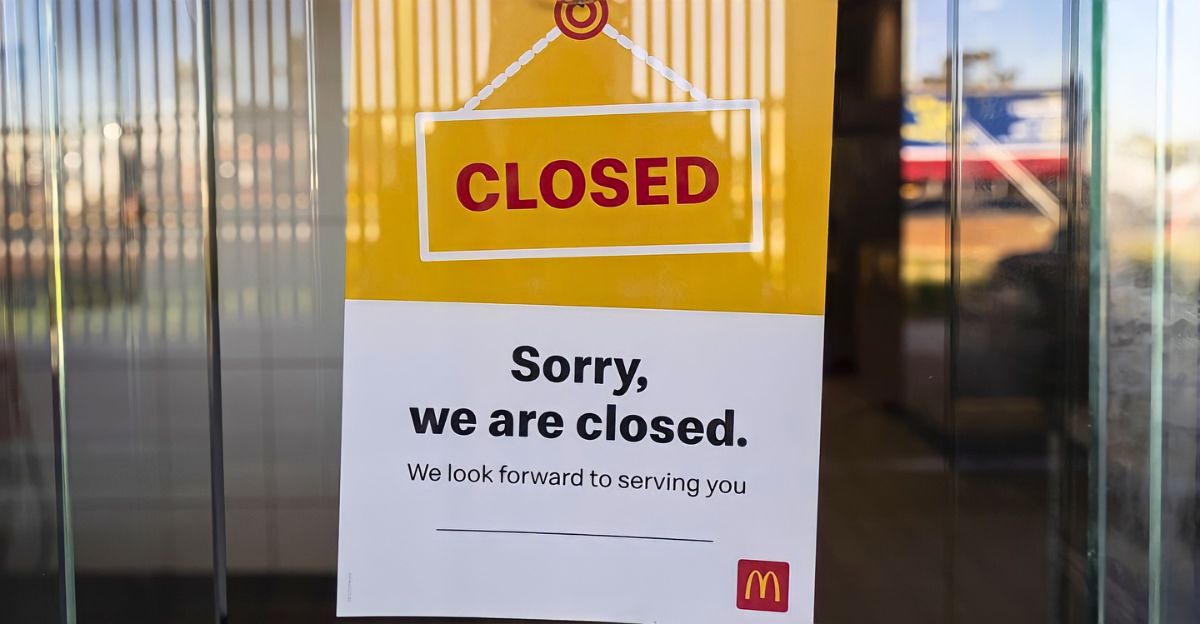
California has achieved firm control over how McDonald’s conducts its business. The business depends significantly on the state because almost 1,300 McDonald’s restaurants are in operation across 90 per cent of its countries, and it provides jobs to more than 70,000 individuals. New legislation has altered this situation drastically.
They provide the state with long-awaited authority to have a say in McDonald’s wage levels, business strategies, and day-to-day operations. This study explores how California’s regulatory environment has complicated it for one of America’s finest brands, both the immediate consequences and the potential long-term ramifications for the restaurant industry as a whole.
The $20 Minimum Wage Bombshell

California surprised everyone on April 1, 2024, by making Assembly Bill 1228 into law, mandating a $20 minimum wage for fast-food employees, a paltry 25% boost to California’s overall minimum wage of $16.
This specific tactic unfairly targets McDonald’s business in the state’s close to 1,300 restaurants. The legislation came after widespread labor mobilization, demonstrations, and strikes by the Fight for $15 and a Union campaign and is a negotiated agreement after industry opposition to earlier, more restrictive proposals.
In aiming at fast-food chains with 60+ locations nationwide, California established a two-tiered wage structure explicitly targeting large chains like McDonald’s while exempting smaller competitors, demonstrating selective regulatory pressure on specific corporate players.
The Fast Food Council
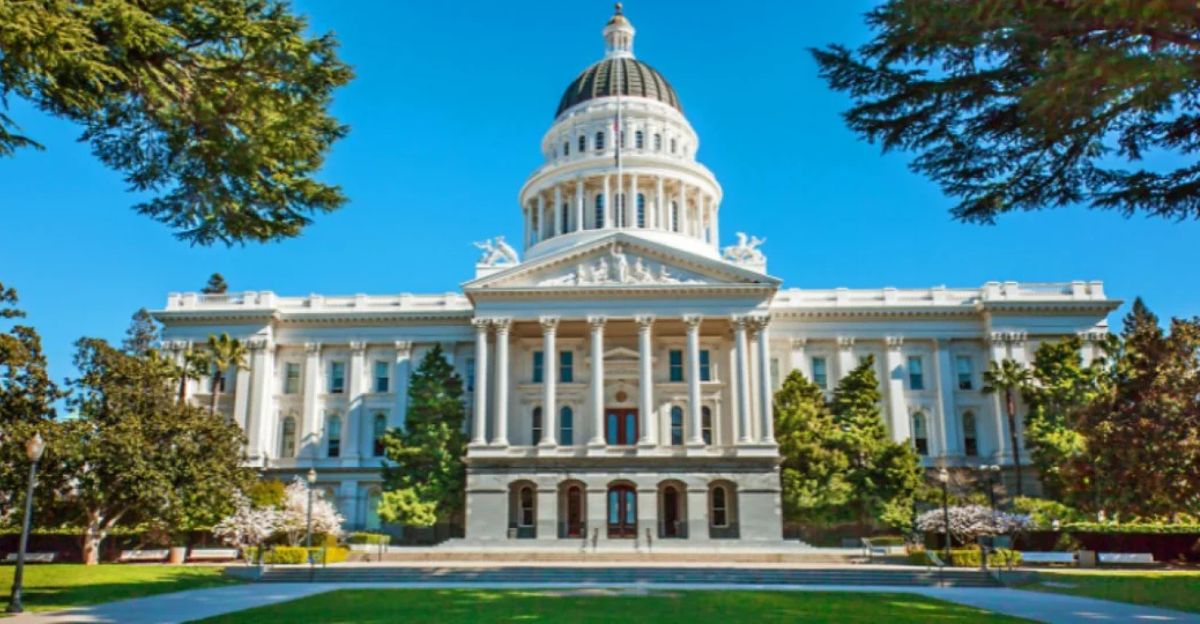
Assembly Bill 1228 not only established a higher minimum wage but also California’s Fast Food Council, a remarkable governing body with broad authority over McDonald’s and similar establishments.
Charged under California’s Department of Industrial Relations, the council is composed of fast food workers, industry representatives, and government representatives who have the power to adopt new health and safety requirements and provide workers with a voice to raise objections.
This regulatory tool is a wholesale change in how McDonald’s can conduct its business in California, with the state essentially inserting itself into business decision-making. Unlike conventional regulatory commissions operating with general industry oversight, the council is specifically focused on “limited service restaurants”, a unique regulatory landscape McDonald’s must specifically cope with only in California.
The Economics of Regulatory Pressure

California’s regulatory approach has a direct impact on McDonald’s significant economic influence in the state. McDonald’s system’s economic activity creates over $5 billion of California GDP and has a direct impact of nearly $2.5 billion, more than one-third of the state’s automobile manufacturing value added to GDP.
The system yields over $1 billion in federal, state, and local taxes, with each McDonald’s job creating about $15,000 in additional tax revenue. As California’s new minimum wages increase operational costs, economic theory suggests restaurants will need to increase prices to remain profitable.
A 0.14 price elasticity in terms of minimum wages is proof that consumers will pass some of the cost along in more costly Big Macs and other items on the menu.
Labor Demographics

California’s regulatory role with McDonald’s mirrors the diversity of the chain’s workforce, as the state’s estimated 500,000 fast-food workers are overwhelmingly people of color (80%) and women (two-thirds). This demographic makeup has placed fast-food workers generally, and McDonald’s workers specifically, squarely at the forefront of California’s labor reform agenda.
The California Fast Food Union (CAWU), which falls under the Service Employees International Union (SEIU), specifically works directly with the Fast Food Council to battle economic and racial justice for these workers.
Targeting chains of 60+, California’s regulatory approach affects businesses with deep pockets while positioning McDonald’s as a corporate power that should be held more accountable in attempting to address social inequality through higher wages and improved working conditions.
Consumers Bearing the Regulatory Burden

Economic research demonstrates how McDonald’s responds to California regulatory pressure in the context of passing on costs to consumers. A 0.2 price elasticity concerning wage increases has been determined through research, and a 0.7 wage rate elasticity to minimum wages, which corresponds to a lower-form elasticity of prices concerning minimum wages of approximately 0.14.
The implication is that McDonald’s raises menu prices in California to cover the cost of new regulations. With the 25% minimum wage hike for California fast-food workers, economic theory predicts accompanying price hikes.
As affordability is bemoaned by industry, this cost-shifting process allows McDonald’s to remain profitable and regulation-compliant in California, with California consumers left in the position of, in effect, subsidizing California’s regulatory agenda in the form of pricier Big Macs.
Technology as an Escape Valve
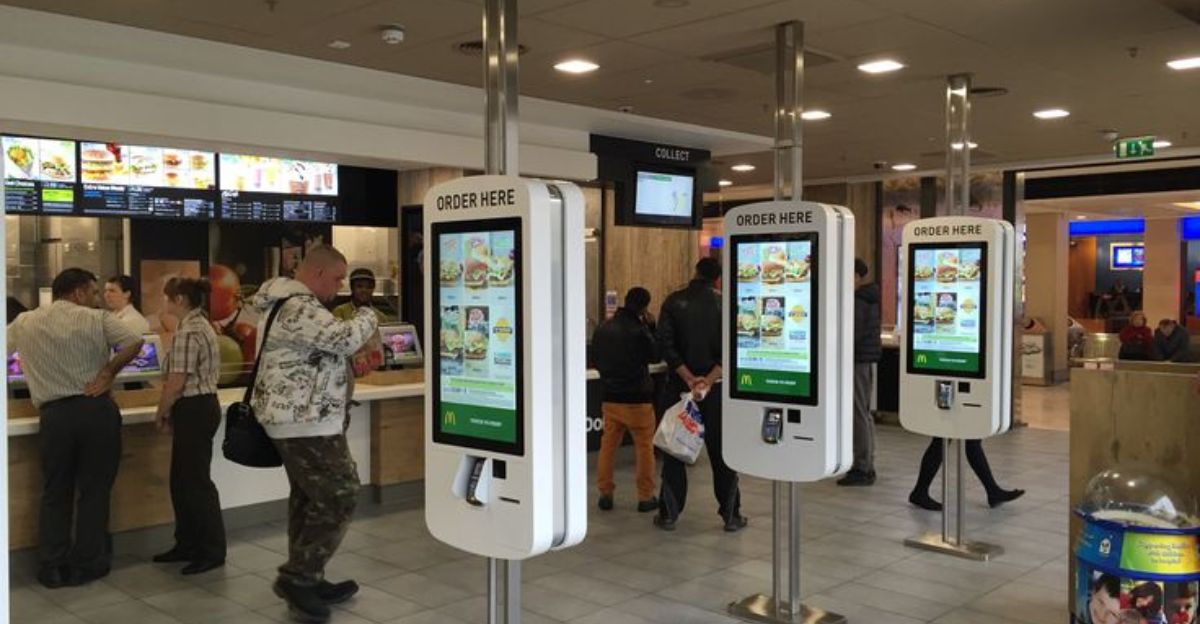
McDonald’s would be more likely to increase automation as California’s regulatory clampdown worsens, but research shatters that premise. A detailed study exploring McDonald’s touch-screen order stations, which went from being at one-fifth of restaurants in 2017 to almost three-fourths by 2019, found no statistically significant relationship between increases in the minimum wage and the use of technology.
That contradicts the suggestion that California regulations are behind automation. Conversely, McDonald’s positions its technological innovation as part of broader operational strategies that go beyond just controlling wages.
These findings defy arguments that California’s regulatory environment leads directly to job replacement by automation and suggest a complex interdependence between government policy and technological innovation for the fast-food giant.
Job Creation Versus Regulatory Constraints
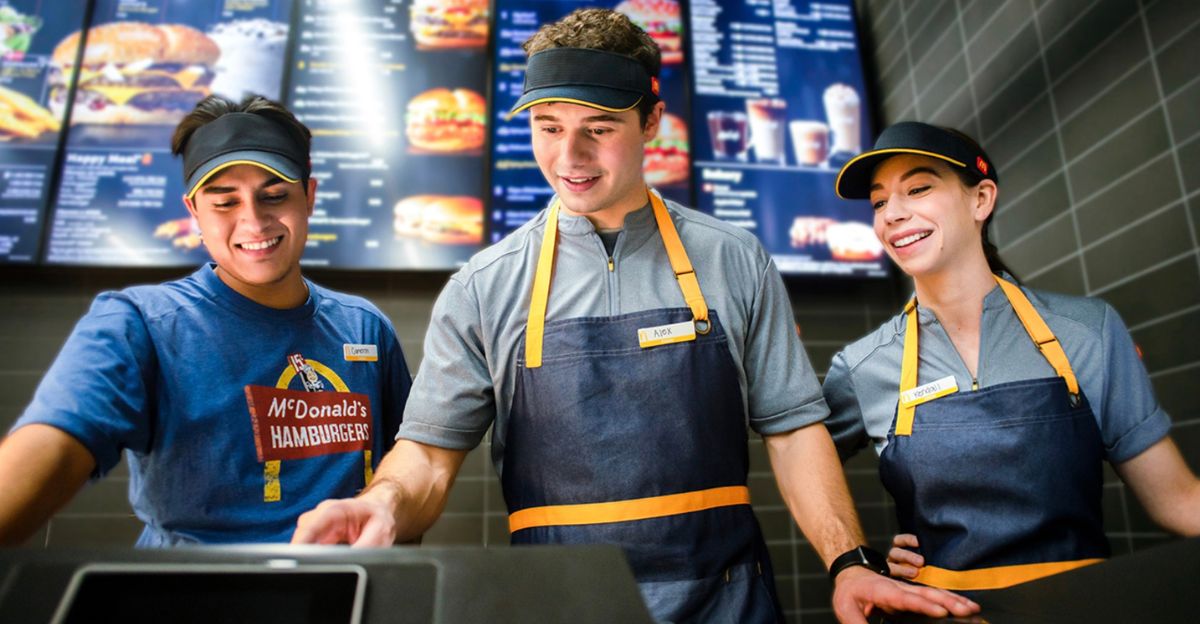
Despite concerns that California’s regulatory environment would smother McDonald’s ability to employ workers, research reveals a much more nuanced situation. Studies indicate that higher wages do indeed result in better worker recruitment, retention, and job creation, and California has seen job growth at fast-food establishments along with incremental minimum wage increases since 2015.
Within California, McDonald’s directly creates over 70,000 jobs and indirectly supports another 20,000 jobs by enabling supply chain functions and customer expenditures. The claim challenges the idea that regulatory pressure always leads to lower employment.
Instead, the evidence shows California’s approach creates a more stable McDonald’s workforce with enhanced productivity, which could compensate for increased labor costs and delicate economic adjustment that resists simple forecasting of job loss.
Corporate Profits Versus Worker Welfare

Despite concerns that California’s regulatory environment would hamper McDonald’s ability to employ workers, research shows a much more nuanced picture. Studies show that higher wages do lead to better workforce recruitment, retention, and job establishment, and the minimum wage of California has been rising incrementally since 2015, during which the state has also witnessed job growth at fast-food chains.
McDonald’s alone in California directly employs more than 70,000 people and indirectly sustains another 20,000 jobs by allowing supply chain activities and customer spending.
The statement denies the notion that regulatory pressure always leads to lower employment. Instead, the data suggest that California’s strategy results in a more stable McDonald’s workforce with higher productivity that may offset higher labor costs and subtle economic adaptation, whose projection is far from easy.
The Future of California’s McDonald’s Relationship
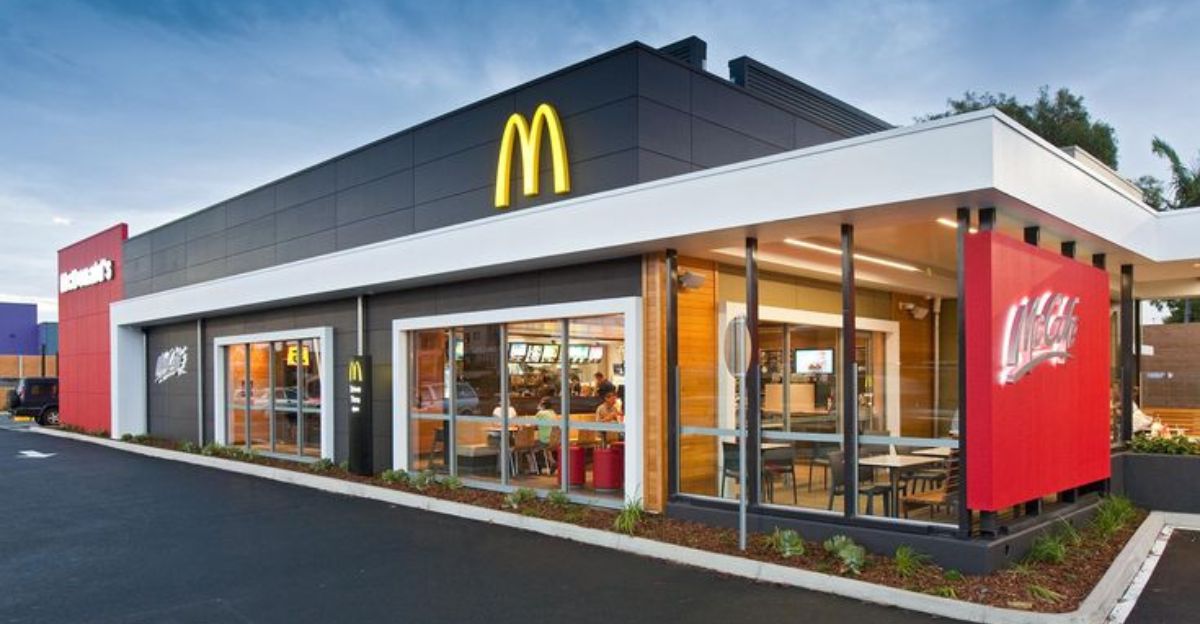
California’s regulation of McDonald’s isn’t just local policy – it’s establishing a national standard. With nearly 1,300 McDonald’s restaurants statewide, California becomes a testing ground for the way fast-food giants respond to more regulation. The $20 an hour minimum wage, well above the federal $7.25, is proof of California’s willingness to diverge wildly from national practices.
The Fast Food Council model is a blueprint for other states to use, with the possibility of establishing a mosaic of regulations that McDonald’s would have to navigate nationwide. As McDonald’s transforms its business model to suit California’s needs, such changes could radiate to its entire operation eventually, basically allowing California to set McDonald’s practices across the country through regulatory diffusion, translating a state-level hold into a national policy template.
Discover more trending stories and Follow us to keep inspiration flowing to your feed!

Craving more home and lifestyle inspiration? Hit Follow to keep the creativity flowing, and let us know your thoughts in the comments below!
